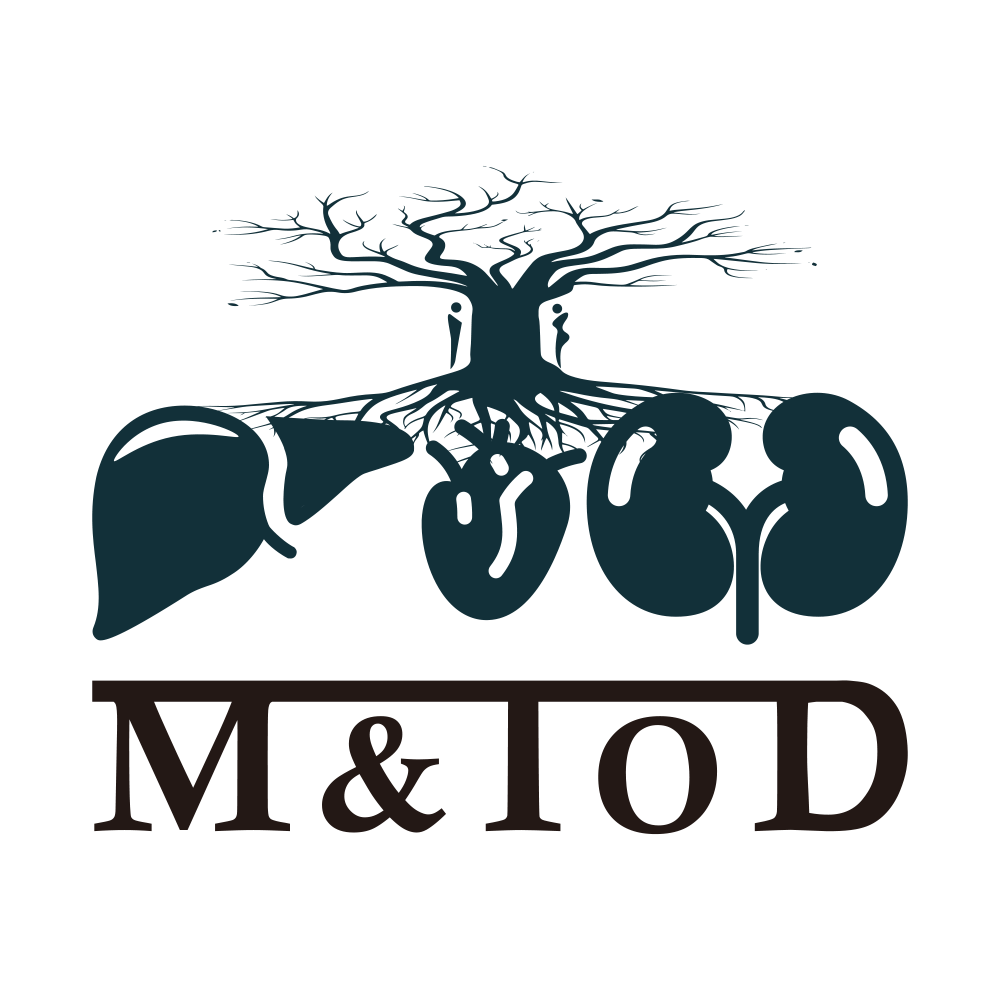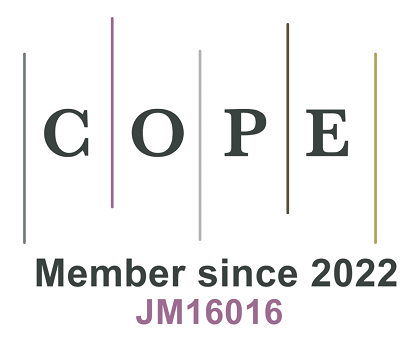Evolving trends and drug class dynamics in drug-induced fatty liver disease over two decades
Abstract
Aim: Drug-induced fatty liver disease (DIFLD) is an increasing concern due to both new and existing medications. This study aims to analyze trends in drug associations with DIFLD, identify vulnerable populations, and provide insights for better prevention and management strategies.
Methods: Reports of steatotic liver disease (SLD) and liver failure from the Food and Drug Administration’s Adverse Event Reporting System (FAERS) for the period 2004-2023 were analyzed separately after deduplication per guidelines. Drugs were categorized by therapeutic class, and trends were assessed using linear regression. Subgroup analyses addressed age, sex and regional difference.
Results: Between 2004 and 2023, a total of 15,269 SLD cases were reported in FAERS, with annual cases increasing significantly from 481 in 2004 to 1,413 in 2023 (+46.00 cases/year). Among implicated drug classes, monoclonal antibodies (MAbs), antipsychotics, and disease-modifying antirheumatic drugs were the most frequently reported, with MAbs showing the most rapid increase in reporting rate (+11.77 cases/year). Adalimumab was the leading single drug linked to DIFLD, accounting for 5.81% of all reported cases. Subgroup analyses revealed that adults aged 18-64 years (76.24%) and females (59.12%) were the most affected populations. Notably, hypoglycemic agents showed a pronounced increase in female cases. The United States accounted for 45.44% of cases, with distinct drug-class patterns observed across regions.
Conclusion: This study reveals significant trends in the association between drugs and DIFLD and liver failure, stressing the need for region-specific pharmacovigilance and tailored interventions to mitigate risks and optimize treatment outcomes.
Keywords
FAERS, DIFLD, adverse drug event, steatotic liver disease, liver failure
Cite This Article
Xiang H, Wang W, Miao Z, Dong H, Yan G, Fan X, Gao L. Evolving trends and drug class dynamics in drug-induced fatty liver disease over two decades. Metab Target Organ Damage 2025;5:[Accept]. http://dx.doi.org/10.20517/mtod.2025.78
Copyright
 Cite This Article 0 clicks
Cite This Article 0 clicks












